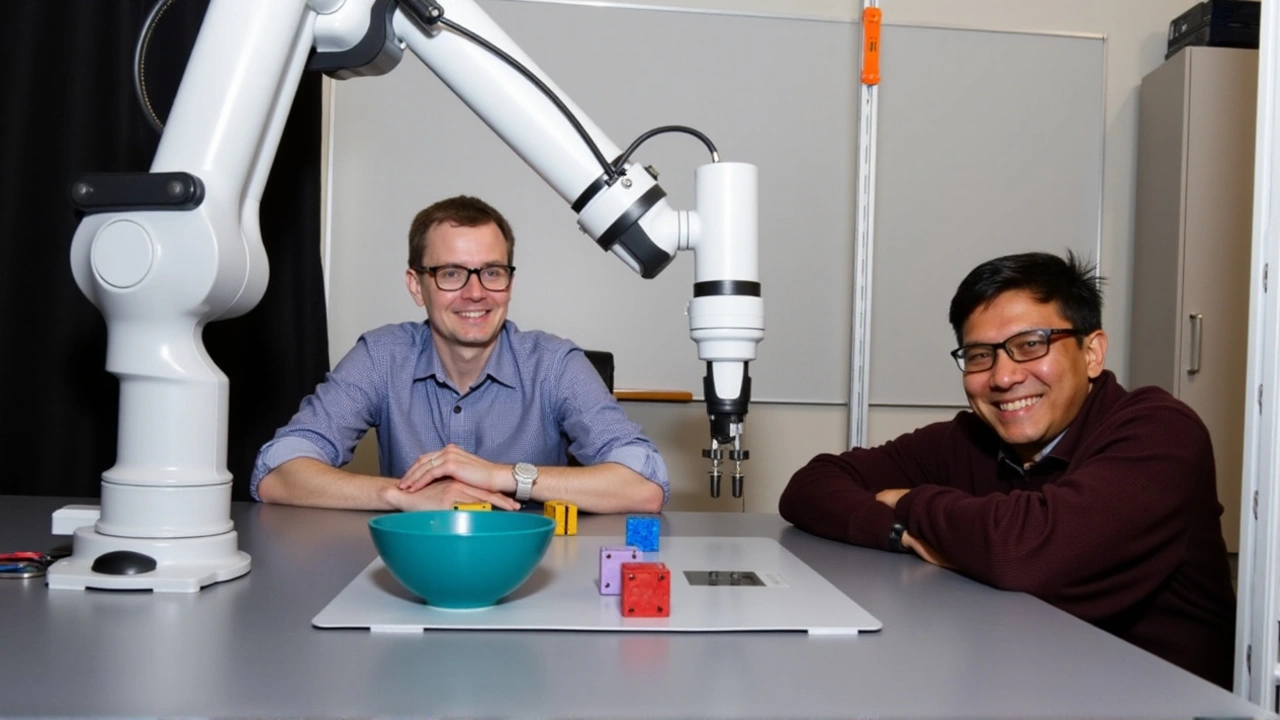Computer Vision: News, Trends, and Practical Tips
Ever wondered how your phone can recognize faces or how self‑driving cars see the road? That’s computer vision at work – the tech that turns pictures into data you can act on. This page gathers the latest headlines, handy how‑tos, and big‑picture ideas so you can understand what’s happening right now and why it matters to you.
Why computer vision matters today
Businesses are swapping out manual inspections for AI‑powered cameras. A factory can spot a tiny defect in a product line faster than any human eye, cutting waste and saving money. In retail, shelves are monitored in real time; empty spots trigger instant restocking alerts, keeping shoppers happy.
Healthcare is another hotspot. Doctors use vision algorithms to read X‑rays, CT scans, and even skin images, catching problems early. The result? Faster diagnoses and treatment plans that are tailored to each patient.
And don’t forget everyday apps – from Instagram filters that swap backgrounds to translation tools that read signs in foreign languages. All of these rely on the same core idea: a computer looks at an image, extracts meaning, and helps you make a decision.
How to stay ahead with computer vision
First, get familiar with the basic building blocks. Most systems start with a convolutional neural network (CNN) that learns patterns from thousands of labeled images. If you’re new, try free courses on platforms like Coursera or YouTube – they walk you through setting up a simple model that can tell cats from dogs.
Second, watch the open‑source community. Libraries such as OpenCV, TensorFlow, and PyTorch release updates weekly. New pre‑trained models can recognize objects, estimate depth, or even generate captions for pictures. Plugging one of these into your project can save weeks of development time.
Third, follow the data story. Good computer vision starts with clean, diverse image collections. If you’re training a model for a specific market, collect photos that reflect local lighting, clothing, and backgrounds. Bias in data leads to bias in results, and that can cost you credibility.
Finally, experiment with edge deployment. Modern smartphones and IoT cameras can run vision models locally, meaning faster responses and better privacy. Tools like TensorFlow Lite let you shrink a model to run on a device with just a few megabytes of memory.
Keeping up with the field is easier when you treat it like a hobby. Set up a weekly “vision hour” to read a new article, tweak a demo, or test a fresh dataset. Over time you’ll spot patterns – like the rise of transformer‑based vision models – before they become mainstream.
Whether you’re a developer, a manager, or just a curious reader, the world of computer vision moves fast. Use this page as a quick reference point, dive into the links and posts below, and you’ll stay informed without getting lost in jargon. The next breakthrough could be a few lines of code away – so keep your eyes open and your camera ready.






